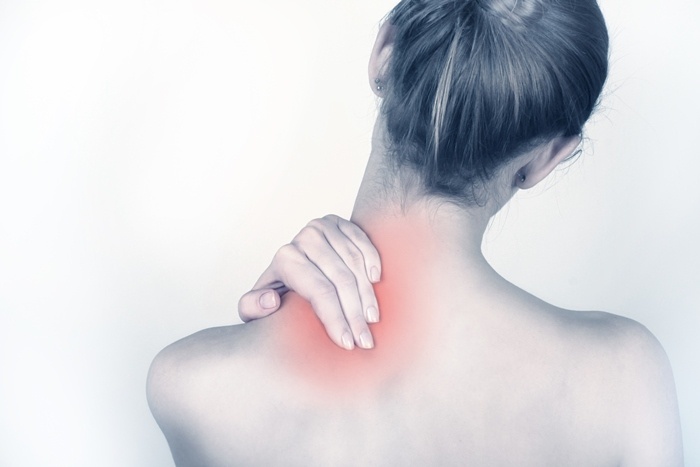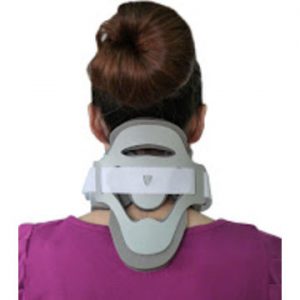Conservative care, which is a non-surgical treatment; is the suggested primary approach for treatment Cervical Degenerative Disk Disease (CDDD). This is quite similar with Degenerative Disc Disease (DDD) in lumbar spine.
Normally, doctors will only recommended surgery when all the other conservative care have failed to provide enough pain relief; or the patient’s daily activities and routines have been compromised. In this article, you’ll learn the treatment cervical degenerative disc disease.
Treatment Cervical Degenerative Disc Disease: Conservative Care
Application of ice or heat is the most popular immediate relief for CDDD; Doctors also recommend exercises for the neck; and shoulder areas to provide quick relief and keep the muscles around these areas flexible and mobile.
In some cases; doctors will refer their patients to professional therapists who are familiar with neck conditions. Some even prescribe neck appliances or tractions.
Treatment Cervical Degenerative Disc Disease: OTC (Over-the-Counter) Relief and Prescription Medications
Over-the-counter drugs offer quick relief, this includes pain relievers like acetaminophen such as Tylenol and NSAIDs or non-steroidal anti-inflammatories.
Doctor’s prescribed medications also offers quick relief; and it is usually steroids in oral forms, medications for narcotic pain or muscle relaxants.
Treatment Cervical Degenerative Disc Disease: Exercise and Stretches
Neck and shoulder exercises, particularly stretching; are often advised by doctors to keep the muscles that supports the neck strong and flexible and free from chronic stiffness.
Physicians and physical therapists have specific set of exercises and stretches to address this condition. This exercise includes:
- Chin-to-Chest – This exercise stretches the back side of the neck muscles.
- Side-to-side swivel – This exercise promotes mobility of the neck by slowly turning the head from one side to another.
- Eye-to-the-sky – Chin is lifted upward; pointing the sky (or the ceiling) to stretch the front side of the neck muscles and the upper thoracic area.
- Ear-to-shoulder – This exercise stretches the sides of the neck. Doctors and physical therapists recommend their patients to facilitate the stretch by gently placing their hands on one side of the head; and push slowly to help the other side of the head touch the shoulder.
Physical Therapy and Chiropractic Adjustment
Physical therapists and chiropractors provide the best temporary alternative or even long-term solution to surgery.
Obviously, these professionals will help minimize the pain, improve or restore mobility; promote spine health; and reduce the need for over-the-counter drugs and prescription medications, as well as save you from their long-term side-effects.
Cervical Collar, Cervical Pillows, or Neck Traction
Cervical collar, also known as neck brace, is a medical device that helps support the neck.
Pillows on the other hand are specialized pillows. It helps promote proper alignment of the spine
It helps relieve pain by correcting the posture in back and side-sleeping positions.
Neck traction, or also known as cervical traction, is used to relieve neck-pain. This is often used by patients with bulging or herniated discs on their neck; cervical muscle spasms, neck arthritis, or neck strains. We hope in this article, you learned the treatment cervical degenerative disc disease.




 I love to write medical education books. My books are written for everyone in an easy to read and understandable style.
I love to write medical education books. My books are written for everyone in an easy to read and understandable style.